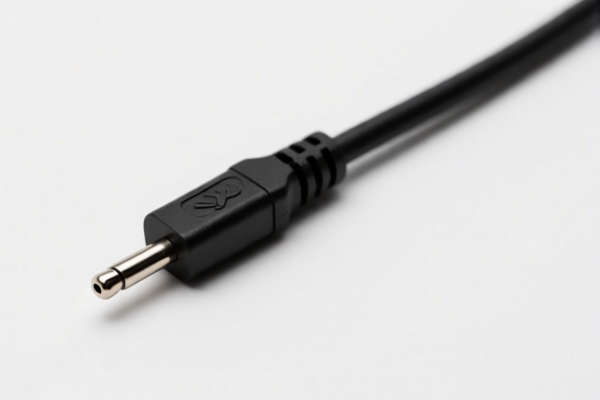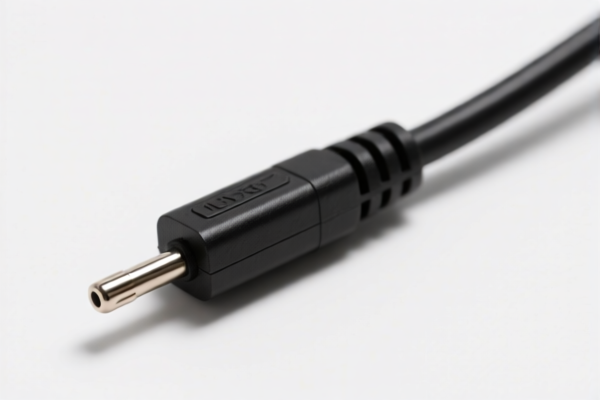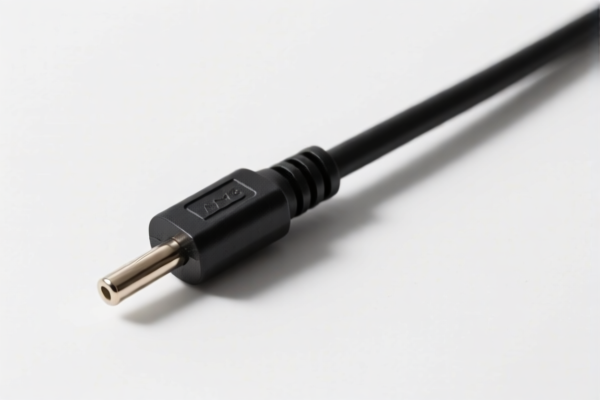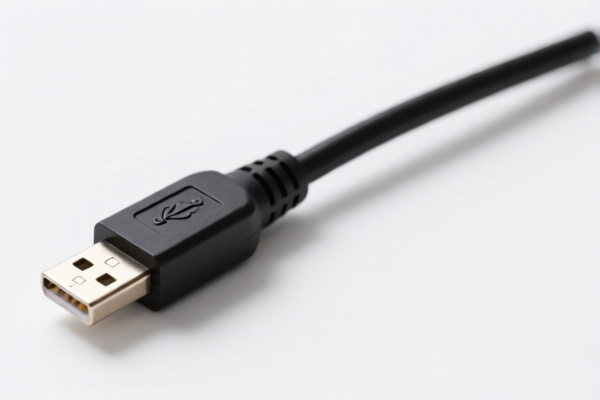| HS Code | Official Doc | Tariff Rate | Origin | Destination | Effective Date |
|---|---|---|---|---|---|
| 8307103000 | Doc | 58.8% | CN | US | 2025-05-12 |
| 8307106000 | Doc | 58.8% | CN | US | 2025-05-12 |
| 8309900090 | Doc | 57.6% | CN | US | 2025-05-12 |
| 8309900010 | Doc | 57.6% | CN | US | 2025-05-12 |
| 7312100500 | Doc | 80.0% | CN | US | 2025-05-12 |
| 7326902500 | Doc | 80.0% | CN | US | 2025-05-12 |
| 4911998000 | Doc | 37.5% | CN | US | 2025-05-12 |
| 4911996000 | Doc | 37.5% | CN | US | 2025-05-12 |
| 4908900000 | Doc | 37.5% | CN | US | 2025-05-12 |
| 4908100000 | Doc | 37.5% | CN | US | 2025-05-12 |




Cable Seal
A cable seal is a security device used to provide tamper-evident closure for cables, wires, and other similar applications. It indicates whether a cable has been opened or tampered with after initial installation.
Material
Cable seals are commonly manufactured from the following materials:
- Plastic: Most frequently used due to cost-effectiveness and ease of application. Common plastics include polypropylene, nylon, and polyethylene. These are suitable for low-security applications.
- Metal: Typically brass, stainless steel, or aluminum. Metal seals offer higher security and resistance to cutting or manipulation.
- Combination of Plastic and Metal: These seals combine the benefits of both materials, offering a balance between security and cost.
Purpose
The primary purpose of a cable seal is to:
- Deter Tampering: The visible presence of a seal discourages unauthorized access or alteration.
- Detect Unauthorized Access: If a seal is broken, removed, or shows signs of manipulation, it indicates a potential security breach.
- Provide a Visual Record: Seals often include serial numbers or unique identifiers for tracking and accountability.
Function
Cable seals function by:
- Installation: The seal is applied around the cable, wire, or other item being secured.
- Locking Mechanism: A locking feature (e.g., a pull-tight design, a buckle, or a metal pin) secures the seal in place.
- Tamper Evidence: Any attempt to remove or break the seal will cause visible damage, indicating tampering.
Usage Scenarios
Cable seals are utilized across a broad range of industries and applications:
- Electrical Industry: Securing electrical cables, panels, and equipment.
- Transportation: Securing cargo containers, truck doors, and railway cars.
- Utilities: Securing meters, valves, and access points.
- Retail: Securing display cases, inventory, and packaging.
- Data Centers: Securing network cables and server racks.
- Postal and Courier Services: Securing packages and mailbags.
- Banking and Finance: Securing ATMs, cash boxes, and transport containers.
Common Types
- Pull-Tight Seals: The most common type. A plastic or metal strap is pulled tight around the cable and locked into place. These are available in various lengths and strengths.
- Cable Seal with Metal Insert: Offers higher security than standard plastic seals due to the presence of a metal insert, making them more difficult to cut.
- Lockable Cable Seals: Utilize a separate padlock or locking mechanism for increased security.
- Bolt Seals: High-security seals that require a bolt cutter to remove. Commonly used for container doors.
- Flag Seals: Feature a flag or tab for easy identification and serial number visibility.
- Customizable Seals: Seals can be customized with unique serial numbers, logos, or barcodes for specific tracking requirements.
Based on the material, use, and application scenarios, “cable seal” appears to be a packing accessory used to secure cables, potentially made of base metal. Here are the relevant HS codes found within the provided reference material:
-
8309900090: Stoppers, caps and lids (including crown corks, screw caps and pouring stoppers), capsules for bottles, threaded bungs, bung covers, seals and other packing accessories, and parts thereof, of base metal: Other Other. This HS code covers a broad category of packing accessories, including seals, made of base metal.
- 83: Chapter 83 – Miscellaneous manufactured articles of base metal.
- 09: Heading 09 – Stoppers, caps and lids, capsules for bottles, threaded bungs, bung covers, seals and other packing accessories.
- 90: Subheading 90 – Other, other. This indicates a general category for packing accessories not specifically classified elsewhere within the heading.
-
8309900010: Stoppers, caps and lids (including crown corks, screw caps and pouring stoppers), capsules for bottles, threaded bungs, bung covers, seals and other packing accessories, and parts thereof, of base metal: Other Of aluminum. This HS code specifically covers packing accessories, including seals, made of aluminum.
- 83: Chapter 83 – Miscellaneous manufactured articles of base metal.
- 09: Heading 09 – Stoppers, caps and lids, capsules for bottles, threaded bungs, bung covers, seals and other packing accessories.
- 10: Subheading 10 – Other, of aluminum. This indicates a specific category for packing accessories made of aluminum.
-
7326902500: Other articles of iron or steel: Other: Other: Cable or inner wire for caliper and cantilever brakes and casing therefor, whether or not cut to length. While this HS code refers to cable for brakes, the "casing therefor" component could potentially encompass a sealing element.
- 73: Chapter 73 – Articles of iron or steel.
- 26: Heading 26 – Other articles of iron or steel.
- 90: Subheading 90 – Other.
- 25: Subheading 25 – Other: Cable or inner wire for caliper and cantilever brakes and casing therefor, whether or not cut to length.
Regarding HS code 8309900090 and 8309900010, it is important to determine the specific material composition of the “cable seal” to ensure accurate classification. If the seal is made of aluminum, HS code 8309900010 would be more appropriate.
Regarding HS code 7326902500, please note that this code specifically relates to iron or steel articles. If the cable seal is not made of iron or steel, this code would not be applicable.
Customer Reviews
No reviews yet.